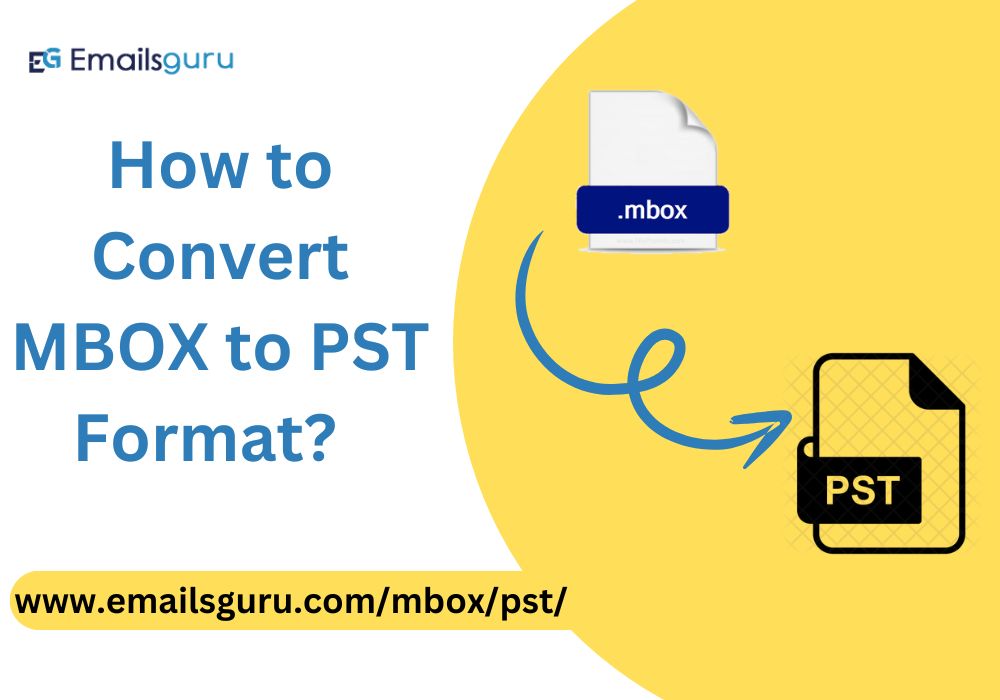What Is Cloud-Based EHR? Pros, Cons, and Security Myths Debunked

In today’s digital-first healthcare environment, cloud technology is reshaping how patient data is stored, accessed, and managed. One of the most significant advancements is the Cloud-Based Electronic Health Record (EHR) system, which allows healthcare providers to access clinical data through the internet rather than being confined to on-site servers. As adoption grows, so does curiosity — and confusion — about what it is, how it works, and whether it’s truly secure. This article explores the concept of cloud-based EHRs, their benefits and drawbacks, and clears up common misconceptions about their security.
What Is a Cloud-Based EHR?
A cloud-based EHR is a digital patient record system that stores information on remote servers accessed through the internet. Unlike traditional, locally-hosted EHRs that require physical infrastructure (such as in-house data centers), cloud EHRs rely on third-party providers to host and manage the data.
These systems enable real-time access to patient information from any device with internet connectivity, whether from a hospital, clinic, home office, or even a mobile device on the go. This flexibility is one reason cloud-based solutions have gained popularity, particularly among small to mid-sized healthcare practices.
Key Benefits of Cloud-Based EHRs
1. Accessibility and Mobility
With cloud-based EHRs, providers and care teams can access patient records from anywhere at any time. This is especially beneficial in emergencies or for physicians managing multiple facilities. Telemedicine services also benefit from this seamless access.
2. Cost-Effective Implementation
On-premises Electronic Health Record Software often requires significant investment in hardware, maintenance, IT staff, and infrastructure. Cloud-based solutions usually follow a subscription or “Software as a Service (SaaS)” model, reducing upfront costs and offering predictable monthly expenses.
3. Automatic Updates and Maintenance
With cloud systems, the burden of updates, patches, and software upgrades lies with the vendor. This ensures that your EHR remains compliant with changing healthcare regulations without needing constant IT intervention.
4. Scalability
As your healthcare practice grows, cloud-based EHR systems can easily scale to accommodate more users, patient data, or new clinic locations without major IT overhauls.
5. Disaster Recovery and Backup
Cloud vendors usually offer automatic data backups and built-in disaster recovery features. This minimizes the risk of data loss due to hardware failure, fire, or natural disasters, which is a constant threat with on-site systems.
Drawbacks and Considerations
While cloud-based EHRs offer many advantages, there are still challenges worth noting.
1. Internet Dependency
Since cloud-based EHRs require an internet connection, any connectivity issue can disrupt access to critical patient data. Practices in areas with unreliable broadband may face operational difficulties.
2. Vendor Lock-In
Migrating from one cloud EHR provider to another can be technically challenging, and some providers may not offer smooth or affordable data migration processes.
3. Limited Customization
Some cloud-based systems offer less customization than in-house solutions, particularly if they are standardized for mass use. Clinics with complex, unique workflows may find this restrictive.
Cloud EHR Security: Myths vs. Reality
Security concerns often top the list of reasons why healthcare providers hesitate to adopt cloud-based EHRs. However, many of these fears are rooted in outdated myths. Let’s break them down.
Myth #1: Cloud EHRs Are Less Secure Than Local Systems
Reality: Most reputable cloud EHR providers use advanced security protocols like encryption, multi-factor authentication (MFA), intrusion detection, and HIPAA-compliant safeguards. Many small practices lack the resources to secure on-premise systems as effectively as a specialized cloud vendor can.
Myth #2: Anyone Can Hack Into the Cloud
Reality: While no system is 100% hack-proof, cloud providers invest heavily in cybersecurity technologies and 24/7 monitoring. Breaches are far more likely to result from weak passwords, phishing attacks, or user error than from flaws in cloud infrastructure.
Myth #3: You Lose Control of Your Data
Reality: Data ownership typically remains with the healthcare provider, even when it is stored on third-party servers. Reputable vendors provide full transparency and contractual guarantees regarding data access, control, and portability.
Myth #4: Compliance Is Harder with the Cloud
Reality: Cloud EHR vendors are well-versed in regulatory requirements like HIPAA, GDPR, and local data protection laws. Many even provide built-in compliance tools, audit trails, and reporting features to simplify adherence.
Choosing the Right Cloud-Based EHR
If you’re considering adopting a cloud-based EHR, here are a few tips:
- Evaluate Vendor Certifications: Look for HIPAA, HITRUST, or SOC 2 certifications to ensure data protection standards.
- Ask About Uptime Guarantees: Choose vendors that offer 99.9%+ uptime to avoid interruptions in care delivery.
- Check for Integration: Ensure that the EHR system integrates easily with your existing billing, lab, or patient management software.
- Understand the Pricing Model: Watch for hidden costs related to training, data migration, or support.
Final Thoughts
Cloud-based EHRs are redefining how healthcare providers manage patient data, offering flexibility, cost savings, and efficiency. While concerns about security and control still exist, most of these are based on myths rather than facts. With proper vendor selection and best practices, cloud-based EHRs can deliver highly secure, scalable, and compliant solutions for practices of all sizes.
As healthcare continues its digital transformation, the cloud is no longer the future — it’s the present. Providers who embrace this shift, especially by integrating cloud-based Patient Management Software, are better positioned to offer patient-centered, responsive, and data-driven care in an increasingly connected world.







